
Among the following chloro-compound having the lowest dipole moment is:
(1)
(2)
(3)
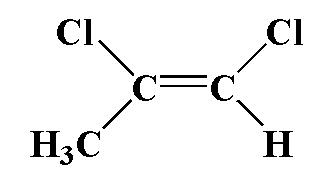
(4)
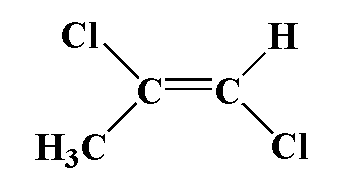


Answer
455.1k+ views
Hint: The dipole moment is formed when there is electronegativity difference between the atoms. The dipole moment measures the compound's polarity. When the moment of dipole is towards the pair of electrons, then the dipole moment is larger.
Complete step by step answer:
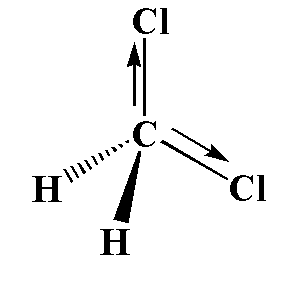
In
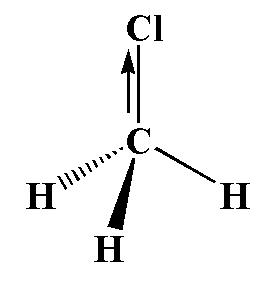
In
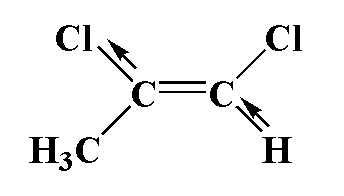
In this compound, carbon is attached to one chlorine atom and one methyl group and a second carbon atom is attached to one chlorine atom and one hydrogen atom. Chlorine is more electronegative therefore the movement of dipole is towards chloride and in second carbon, carbon is more electronegative than hydrogen, therefore the movement of dipole is toward carbon. The two dipoles are different therefore it is not equal to zero.
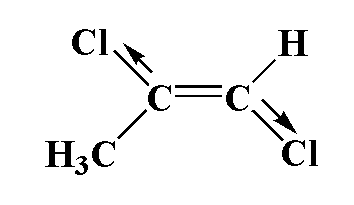
In this compound, carbon is attached to one chlorine atom and one methyl group and a second carbon atom is attached to one chlorine atom and one hydrogen atom. Chlorine is more electronegative therefore the movement of dipole is towards chloride and in second carbon, the movement of dipole is toward chlorine. The dipole moment is greater.
Thus, the least dipole moment will be of
So, the correct answer is Option A.
Note: In both option A and D the two chlorine atoms are attached oppositely to each other, but in option D, both the chlorine is attached to different chlorine atoms and in option A the two chlorine atms are attached to the same carbon.
Complete step by step answer:

In

In

In this compound, carbon is attached to one chlorine atom and one methyl group and a second carbon atom is attached to one chlorine atom and one hydrogen atom. Chlorine is more electronegative therefore the movement of dipole is towards chloride and in second carbon, carbon is more electronegative than hydrogen, therefore the movement of dipole is toward carbon. The two dipoles are different therefore it is not equal to zero.

In this compound, carbon is attached to one chlorine atom and one methyl group and a second carbon atom is attached to one chlorine atom and one hydrogen atom. Chlorine is more electronegative therefore the movement of dipole is towards chloride and in second carbon, the movement of dipole is toward chlorine. The dipole moment is greater.
Thus, the least dipole moment will be of
So, the correct answer is Option A.
Note: In both option A and D the two chlorine atoms are attached oppositely to each other, but in option D, both the chlorine is attached to different chlorine atoms and in option A the two chlorine atms are attached to the same carbon.
Recently Updated Pages
Master Class 11 Economics: Engaging Questions & Answers for Success

Master Class 11 Business Studies: Engaging Questions & Answers for Success

Master Class 11 Accountancy: Engaging Questions & Answers for Success

Master Class 11 English: Engaging Questions & Answers for Success

Master Class 11 Computer Science: Engaging Questions & Answers for Success

Master Class 11 Maths: Engaging Questions & Answers for Success

Trending doubts
State and prove Bernoullis theorem class 11 physics CBSE

1 ton equals to A 100 kg B 1000 kg C 10 kg D 10000 class 11 physics CBSE

State the laws of reflection of light

One Metric ton is equal to kg A 10000 B 1000 C 100 class 11 physics CBSE

1 Quintal is equal to a 110 kg b 10 kg c 100kg d 1000 class 11 physics CBSE

Difference Between Prokaryotic Cells and Eukaryotic Cells




